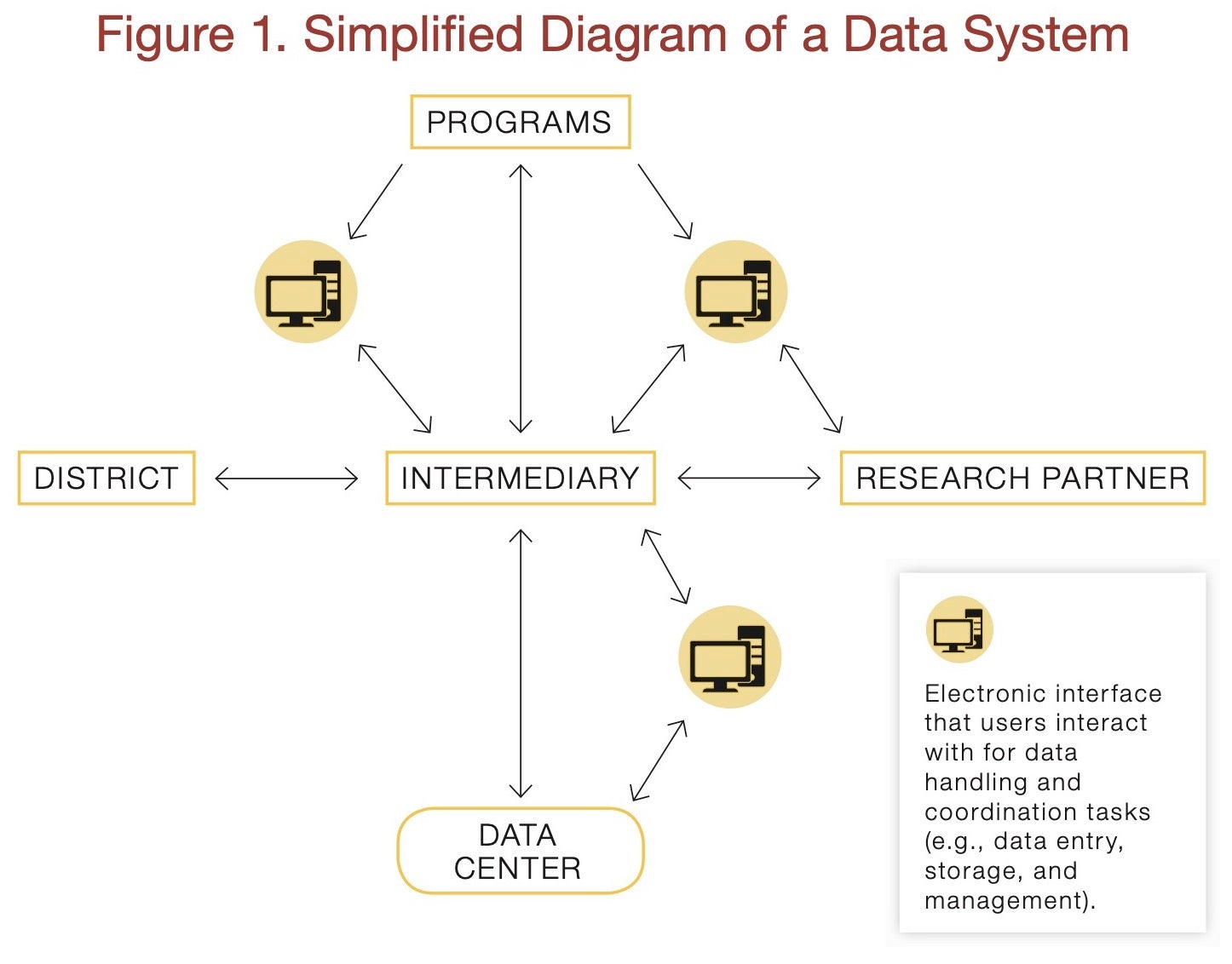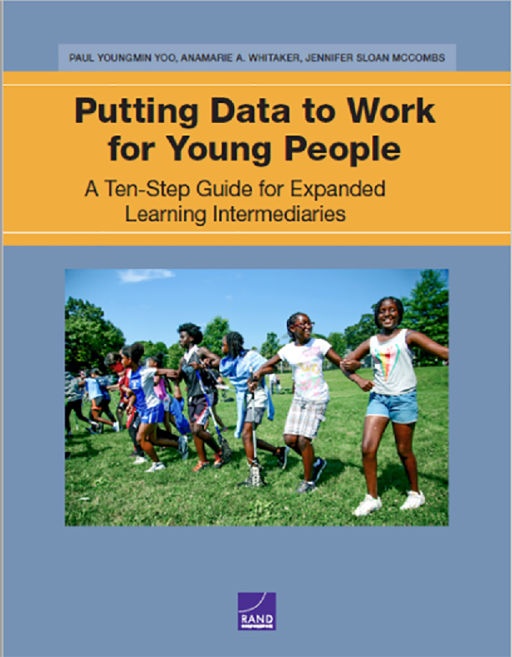Breadcrumb
- Wallace
- Reports
- Putting Data To Work For Young P...
Putting Data to Work for Young People
A Ten-Step Guide for Expanded Learning Intermediaries

Summary
How we did this
The authors reviewed data collection efforts by out-of-school-time intermediary organizations in three cities—Boston, St. Paul, and Providence, R.I.—and developed a step-by-step plan to help nonprofits in other cities implement their own processes for gathering and using data effectively.
Intermediary organizations are critical to the success of afterschool and summer programs. But to make informed decisions and work with stakeholders, they need to know how to gather, analyze, and manage the right data. This 10-step guide offers insights into how to do that.
Out-of-school-time (or expanded learning) intermediaries are nonprofit organizations that coordinate efforts and resources in a community to knit together afterschool, summer, and similar programs into a cohesive system.
Steps to Better Use of Data
The guide’s authors reviewed data-gathering efforts by intermediaries in three cities. With those insights, they developed a step-by-step plan to help nonprofits in other cities create their own processes for the effective collection and use of data.
Those steps are:
1. Set goals for data collection and use. The first step is making a list of key stakeholders, the specific data they need, how often to collect and present the data, and in what form.
2. Sketch out how the data will be visually presented. By creating graphs, tables, and other visual representations of the data they aim to collect, staff members can better engage people connected to a program in a conversation about data.
3. Hire an experienced in-house point person for data. A data coordinator can do everything from providing training to intermediaries and staff to ensuring that requests for data are easy for program staff to understand.
4. Adopt policies and technology for securing and organizing data. Intermediaries need a system that includes a process for seeking permission to gather data, a digital platform for housing everything in one place, and ways to keep data protected.
5. Create an inventory of data to be used and a “dictionary” of definitions and rules. Intermediaries need a data inventory to track the data they need to collect, as well as a data dictionary with a breakdown of each piece of data.
6. Establish clear-cut data collection procedures. That means laying out step-by-step procedures for how to collect data.
7. Train staff in how to work with data and why that’s important. Everyone who plays a part in data efforts needs to understand why data are relevant, why accuracy is essential, and how to work with data the right way.
8. Develop a process and a timeline for analyzing and reporting data. That involves creating a system for data analysis, as well as how to get that information into the right hands, in the right format, at the right time.
9. Create a visual aid to track the flow of data. This bird’s-eye view should include the source of each piece of data, the technology used to transfer it, the procedures for transfer, and the recipients of the data.
10. Regularly evaluate and troubleshoot the data system. It’s important to conduct periodic performance evaluations and make course corrections when needed.
Key Takeaways
- To make informed decisions and work with their stakeholders, intermediaries need to know how to gather and use the right data.
- The process should start by setting explicit goals for data collection and use, as well as sketching out how the data will be visually presented.
- Intermediaries should regularly evaluate and troubleshoot their data system.
Visualizations


